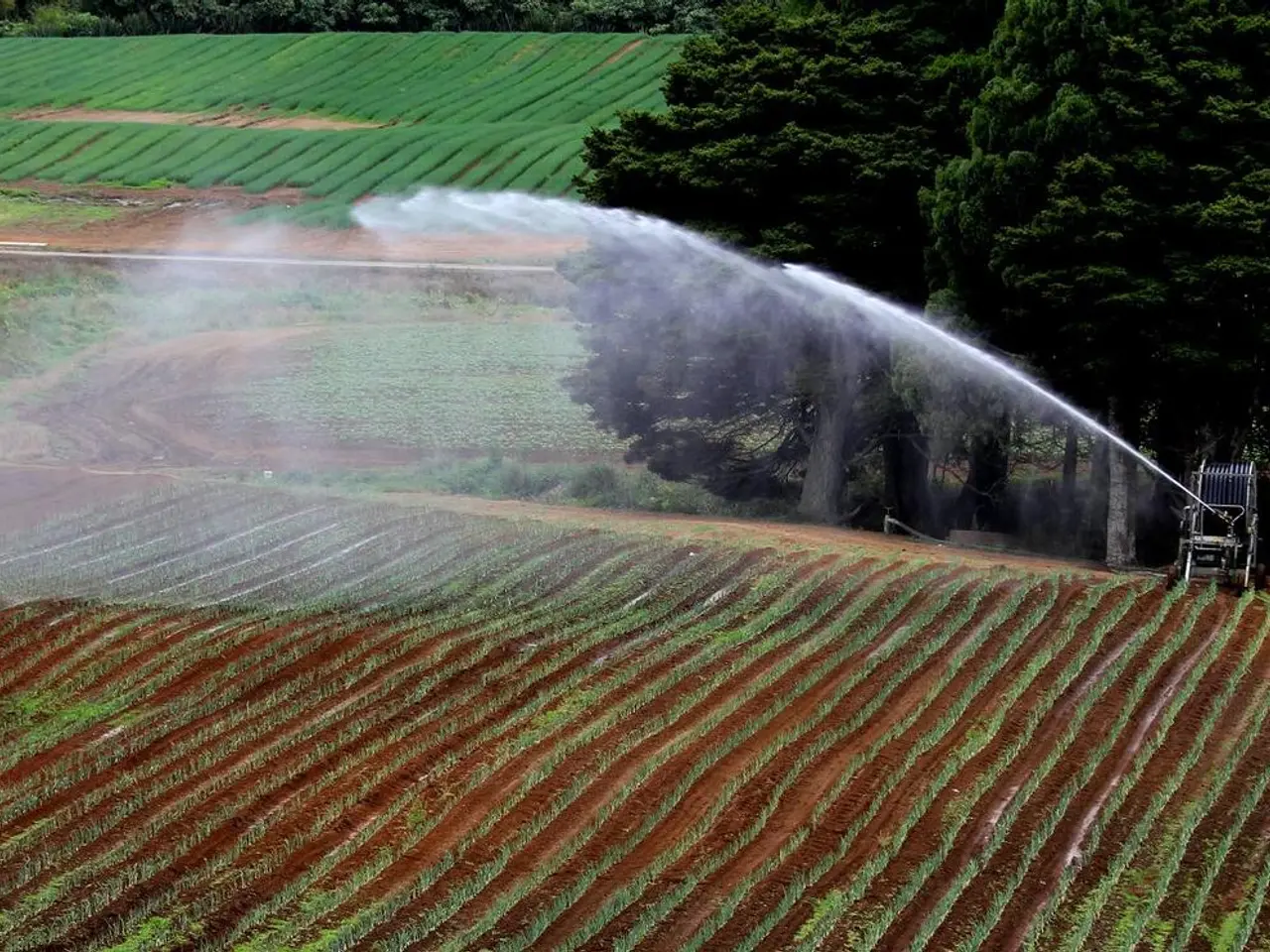China's Transformation: From Combating Water Contamination to Ecosystem Rehabilitation
In recent years, China has made significant strides in improving its water quality, shifting its focus from controlling pollution to restoring ecosystems. This shift was evident in the reduction of the share of the most polluted waters, which fell from 9.2% to 0.6% during the same period.
One of the rivers that showed improvement is the Leishui River, which supplies water to several local plants and villages. However, it was found to have abnormal levels of thallium, a toxic element not commonly tested for in China's surface water quality standards. In response, quick action was taken to prevent the pollution from affecting the quality of water at supply plants, and no reports of harm to health due to the thallium pollution have been reported.
China's efforts to tackle new pollutants, such as persistent organic pollutants, endocrine-disrupting chemicals, and antibiotics, were evident in the campaigns launched in 2022. Agriculture, the biggest source of these pollutants, remains a significant problem, particularly in rural areas where only 45% of rural domestic wastewater was treated compared to 98% in cities in 2024.
The main pollutants in rural areas are nitrogen and phosphorous, which are used in crop fertilisers. To address this issue, China aims to have 40% of village wastewater pass through treatment plants by the end of 2025.
In 2016, an online reporting platform was launched to encourage public reports of water quality and resources, and to inform the public about the spread of environmental pollution. This platform, along with real-time monitoring, remote sensing, and public reports, has helped identify over 3,000 "foul waterways" since 2016.
China's water-monitoring network received a boost in 2015 with the State Council's Water Pollution Action Plan, and the number of central and local government water-monitoring points publishing data has increased more than sixfold since then. As a result, between 2014 and 2024, the percentage of surface water suitable for drinking, fishing, and direct human contact rose from 63% to 90.4%.
However, challenges remain in the rural water environment, with groundwater, and with new pollutants. Groundwater pollution is still a significant problem, with over 20% of groundwater deemed to be Class V - too polluted to drink - between 2021 and 2024. To address this issue, China is exploring a shift from a focus on preventing pollution alone to management of ecosystems in some river catchments.
In the Yangtze River basin, 1,600 tonnes of antibiotics reached the water and other environments every year between 2013 and 2021. In response, a 10-year fishing moratorium was imposed on the Yangtze River in 2021, with about 230,000 fishers being found alternative employment.
China's environmental organization, Friends of Nature (FON), collaborated with the Chinese government to create an online platform that allows people to report water quality and resources. This collaboration is part of China's broader approach to water governance, which brings together the government, the market, and the public for a joint approach to water management.
In 2022, China announced it will work on three aspects of the water problem - the water environment, water resources, and water ecologies - to protect and restore water systems. This comprehensive approach reflects China's commitment to addressing its water quality issues and ensuring a sustainable future for its people.
Read also:
- Understanding Hemorrhagic Gastroenteritis: Key Facts
- Stopping Osteoporosis Treatment: Timeline Considerations
- Tobacco industry's suggested changes on a legislative modification are disregarded by health journalists
- Expanded Community Health Involvement by CK Birla Hospitals, Jaipur, Maintained Through Consistent Outreach Programs Across Rajasthan








